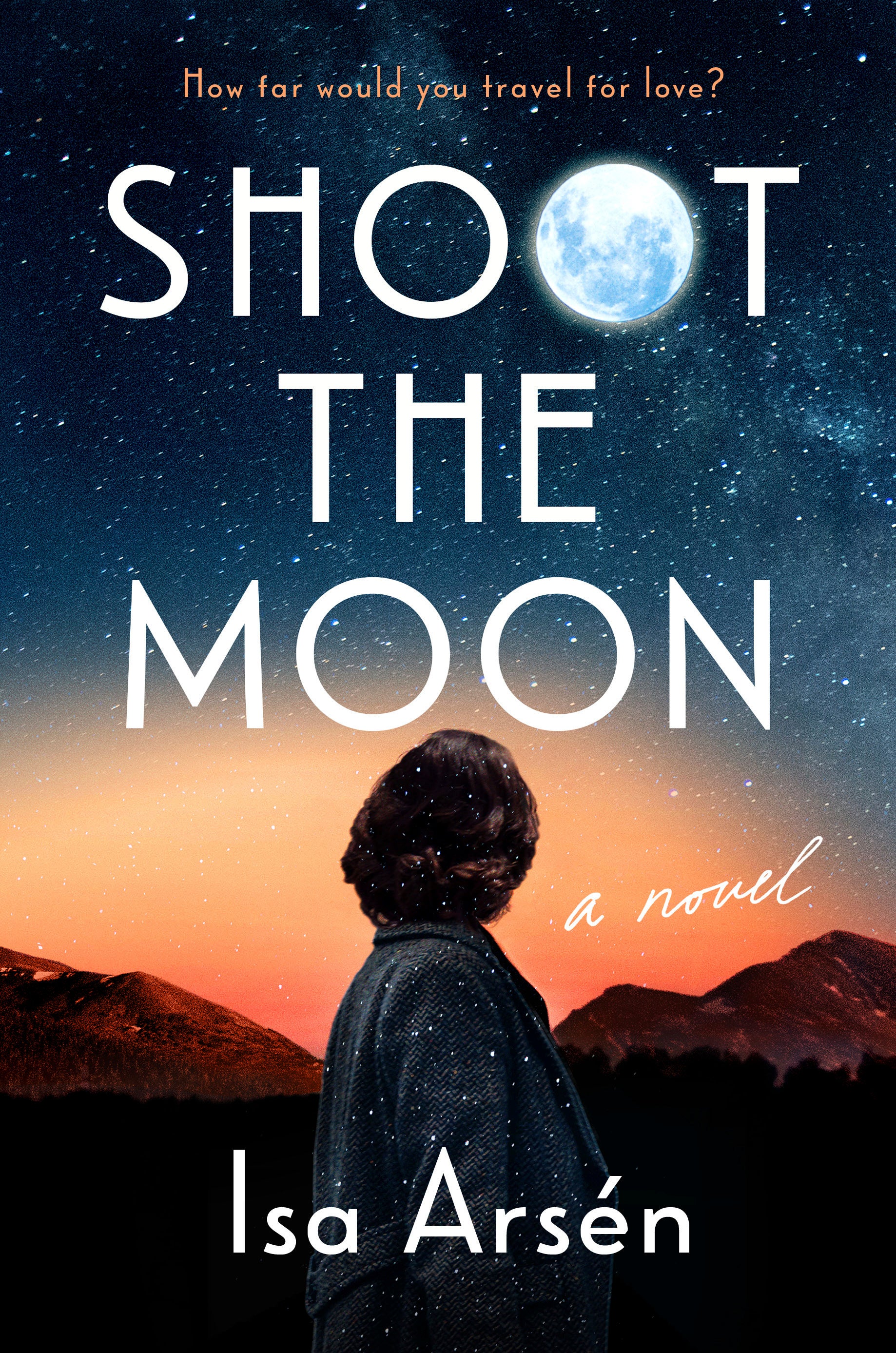Book Review: Isa Arsén delivers an unconventional love story in debut novel 'Shoot the Moon’
Looking for a new writer to read

Your support helps us to tell the story
From reproductive rights to climate change to Big Tech, The Independent is on the ground when the story is developing. Whether it's investigating the financials of Elon Musk's pro-Trump PAC or producing our latest documentary, 'The A Word', which shines a light on the American women fighting for reproductive rights, we know how important it is to parse out the facts from the messaging.
At such a critical moment in US history, we need reporters on the ground. Your donation allows us to keep sending journalists to speak to both sides of the story.
The Independent is trusted by Americans across the entire political spectrum. And unlike many other quality news outlets, we choose not to lock Americans out of our reporting and analysis with paywalls. We believe quality journalism should be available to everyone, paid for by those who can afford it.
Your support makes all the difference.If you’re going to write a novel, why not do as the title of Isa Arsén’s debut suggests? “Shoot the Moon” refers to the actual act of getting astronauts to the lunar surface, but this work of fiction also attempts to shoot the moon like a fearless player in a Hearts card game — thematically, there’s bisexuality, loss, Daddy issues, and a unique wormhole that allows for some very specific time travel.
The bulk of the novel takes place in the late 1960s, as NASA is indeed trying to beat the Soviets to the moon. Annie Fisk is the lead character, a recent physics graduate whose father played a role developing the atomic bomb before dying young. By page five Annie is in love with an Apollo 11 astronaut named Norm she meets at a NASA Christmas party. And by page seven we’ve gone backwards 18 years and 8-year-old Annie is meeting a like-aged stranger named Diana in the back garden of her childhood home in New Mexico.
The plot only gets trippier from there. In 1968, Annie really does discover a wormhole behind a bunch of computer power units at the Manned Spacecraft Center in Houston. To say much more about where it leads and how she and Norm test it and what ultimately happens is to spoil the aha! moments of the book. The best parts are when things click into place as Arsén connects earlier scenes to later ones. There are times when the achronological nature of the story gets confusing and you may have to flip back a chapter or three to orient yourself, but perhaps that’s to be expected in a story involving time travel.
As for time, it’s Annie’s obsession. She either doesn’t have enough of it, or regrets what she’s already spent, or worries about the future. The wormhole makes her question the future because it repudiates everything she knows to be scientifically true, but it also helps her learn about her past. As one of her college professors puts it during a phone call about the anomaly she’s discovered in Houston: “The greatest stunt reality ever pulled was convincing us there was any such thing as normal… That’s the big secret, Annie: time goes on, agnostic of all our own mess, and it just keeps getting weirder.”
This is a weird book, yes, but also a bold and unconventional love story. Arsén writes with real heart and certainly demonstrates talent as a storyteller. You can tell she cares for this character Annie she created, and readers should look forward to what she creates next.
___
AP book reviews: https://apnews.com/hub/book-reviews